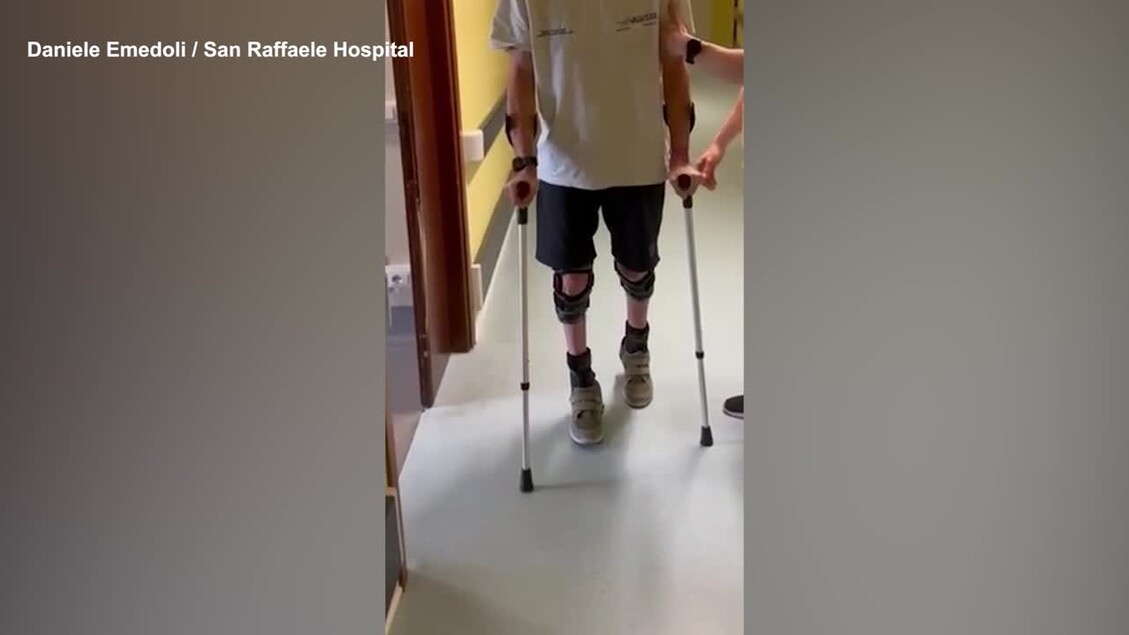A research team from the Scuola Superiore Sant’Anna in Pisa, Ospedale San Raffaele in Milan and Vita-Salute San Raffaele University and the Politecnico University of Lausanne (Epfl) has developed an innovative neurostimulation technique that has enabled two paraplegics to walk.
As reflected in study results published in the journal Science Translational Medicine, the technique involves implanting a spinal cord neurostimulator designed with the dual ability to stimulate motor function and reduce muscle spasticity. “Both patients demonstrated improvements in motor skills over the course of rehabilitation,” the study reads.
Dr. Silvestro Micera, who led the research together with Dr. Pietro Mortini, pointed out that “one of the most frequent problems in patients with spinal cord injury is spasticity, which is the involuntary contractions of muscles that make any attempt at motor control very difficult, or almost impossible. Our new work focused precisely on reducing this disorder.”
“In the case of a spinal cord injury, the patient loses the inhibitory messages from the brain that regulate spinal hyperresponsiveness,” noted the study’s first author, Simone Romeni, of ETH Lausanne and Ospedale San Raffaele.
To control the involuntary spasms from which nearly 70 percent of paraplegics suffer, researchers then surgically implanted two neurostimulators into patients. This is a device that has long been adopted for other purposes, such as pain control, but in this trial it was used to manage and modulate electrical signals to interfere with and modify those that cause muscle spasms and contractions. At the same time, the neurostimulator also sends electrical signals to trigger impulses that enable proper muscle activity.
“This is a safe and effective surgical procedure that offers a new perspective in the treatment of patients with severe spinal cord injury,” Mortini added. In light of the results, the researchers plan to extend the use of this new technique to other patients.











